[ad_1]
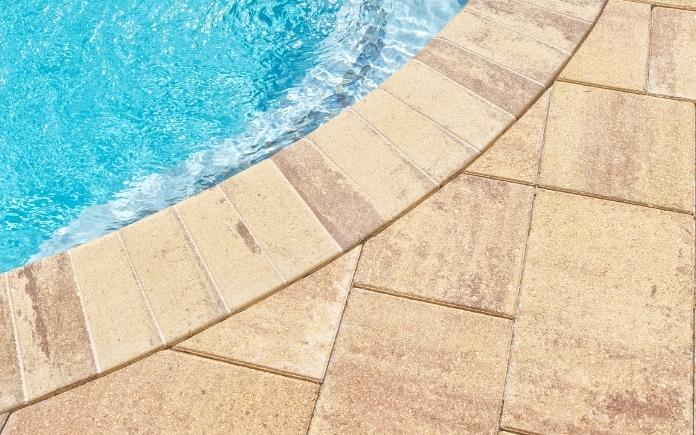
Pool coping creates a barrier around a pool’s edge to protect it from the surrounding surface and keep water from damaging the outer shell.
While the coping prevents water damage, the pool water can sometimes leave calcium deposits behind.
This is the problem for Craig Jackson in Novato, Calif. He asks, “What’s the best way to clean off these hardened deposits?”
Calcium deposits can build up on pool coping like on a glass shower door. This happens when the pH levels in the pool water are off.
Here are three options for cleaning it:
- TSP: When diluted in water, trisodium phosphate is a mild-all around cleaner that removes calcium buildup and oily residue.
- Calcium and lime remover: Use a commercial-grade calcium, lime and rust remover, like ZEP Calcium, Lime and Rust Remover.
- Pumice stone: To clean the buildup without using chemicals, use a pumice stone to scrub the calcium deposits away. It won’t harm pool water and its soft stone surface won’t scratch the pool coping.
Once the calcium build-up is gone, use a clear sealer to prevent it from coming back.
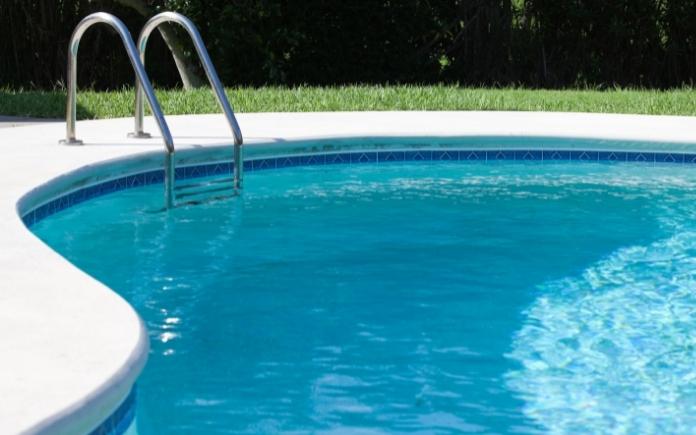
FAQ About Pool Coping
What is the best coping to put around a pool?
Tile, brick, stone, concrete, composite, or even wood are used for pool coping. The most commonly used material is sandstone because of its non-slip properties.
Is pool coping expensive?
Pricing depends on the material used. Sandstone, the most common pool coping material, costs $40–$55 per linear foot. Conversely, cantilevered concrete coping typically costs $6–$10 per linear foot.
What goes between pool coping and concrete/pavers?
Whatever material you choose for your pool coping, the installation is basically the same. The coping is caulked or filled with elastomeric sealant onto the concrete surrounding the pool. An elastomeric sealant allows for some expansion and contraction, so the pool coping won’t crack during temperature shifts.
Skip to [25:05] for the full segment on the Today’s Homeowner Podcast.
Also on this episode:
Best New Product
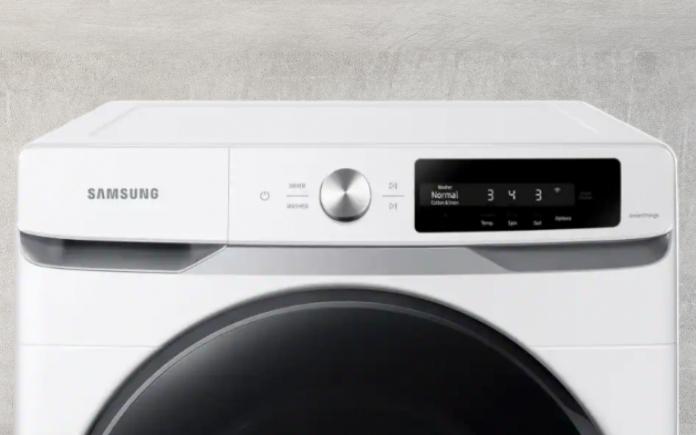 |
Samsung’s new Smart Washer learns your laundry routine and washes clothes faster than ever! Learn more>> |
Simple Solutions
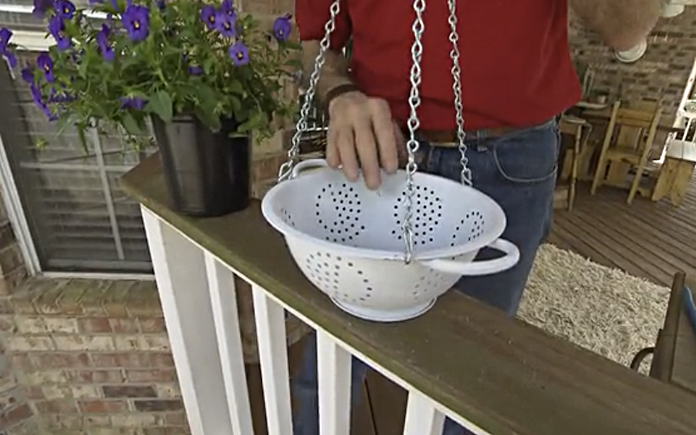
Hanging Colander Planter — Make a unique hanging planter out of a metal colander!
- Start by drilling three holes evenly spaced around the rim of the colander.
- Next, spray paint the colander to match the house trim.
- Then, hang it with three 16-inch chains and S-hooks.
- Line the colander with landscaping fabric or coffee filters before adding soil and plants.
Watch: How to Upcycle a Colander Into a Hanging Planter
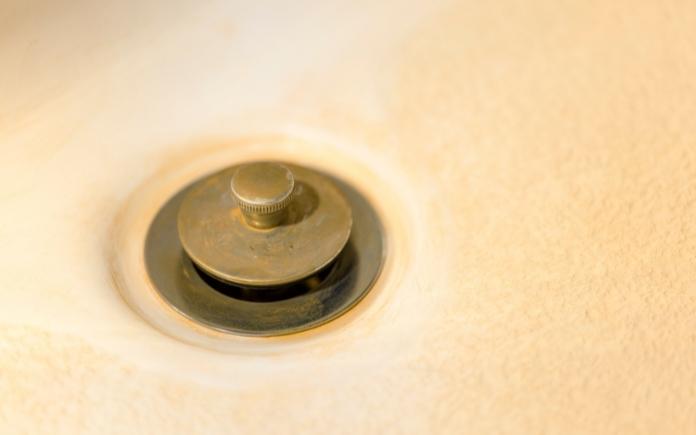
Tub-Stain Remover — This recipe is great for removing stains from tubs, sinks and toilets.
- Mix equal amounts of cream of tartar and baking soda with enough lemon juice to make a paste.
- Rub the mixture into the stain with your fingers or a soft cloth.
- Let sit for a half-hour, then rinse with water.
Other Products and Links Mentioned
This page contains affiliate links. If you purchase a product from these links, we will earn a small commission at no additional cost to you.
Further Reading
Ask a Question! (Podcast)
Ask a question and we could answer it on the “Today’s Homeowner Podcast!” We also may use it on our nationally syndicated radio broadcast or on todayshomeowner.com.
[ad_2]
Source link











